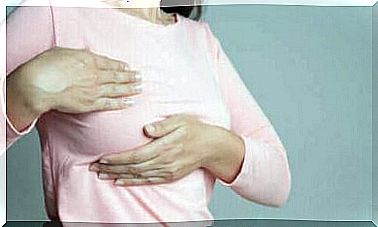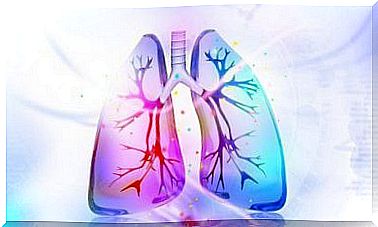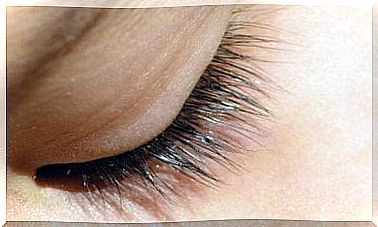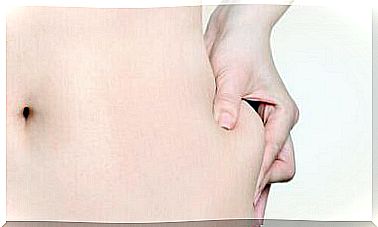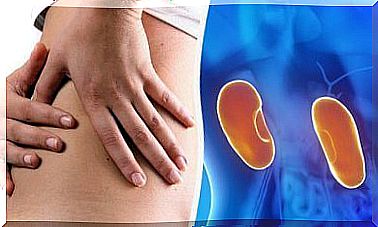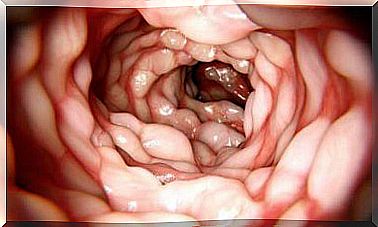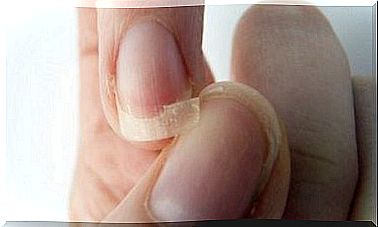Causes Of Discolored Teeth

Dentists study the cause and morphology of discolored teeth to discover how they should be treated and how they can be prevented. For patients, discolored teeth are also a cosmetic concern. Your smile and your conversations should not be affected by discoloration that makes your teeth look unsightly.
Let’s take a look at some of the possible causes of this common problem.
Types of discolored teeth
First, it is important to know that there are basically two types of discolored teeth:
1. Extrinsic
This discoloration affects the outer layers of a tooth. They are often caused by pigmented residues from various beverages or foods. Wine, coffee and soy sauce can cause them.
Smokers also have extrinsically discolored teeth due to tobacco. However, they can also appear due to aging and wear and tear on teeth, even without having been exposed to these factors.
2. Intrinsic
These tooth stains affect the inner layer of the teeth. Trauma or birth defects can cause them.
Sometimes they can appear when a pregnant woman takes a particular drug during pregnancy, such as tetracyclines. A special condition that causes this is fluorosis from excessive fluoride intake.
The causes of discolored teeth
Below we will tell you about the most common causes of discolored teeth in the general population. Some of them are the following:
- Aging. Over the years, tooth enamel gets darker. Wear makes the enamel thinner and reveals the inner layers that have a different color.
- Food. As we mentioned above, there are some drinks and foods that can discolor teeth. Coffee is one of the main causes of discolored teeth. Red wine, carrots, citrus fruits and vinegar are erosive on the enamel and can discolor teeth.
- Tobacco. Nicotine makes your teeth brown.
- Natural color. Not all human teeth are the same color. From birth, different shades of color can make the discoloration clearer.
- Medicines. Some medications are associated with discoloration of the teeth, such as diphenhydramine and chlorhexidine. However, this only happens if they are consumed over long periods. Other drugs, including tetracyclines, interfere with childhood tooth formation.
- Fluorosis. When a person uses more fluoride than recommended, it builds up in the body, especially in the teeth. The fluoride in the teeth causes discoloration.
- Trauma. Mainly in children, if the teeth are still developing, a trauma can change the growth process and form a stain.
- Bad hygiene. Lack of brushing or poor brushing technique can lead to discolored teeth.
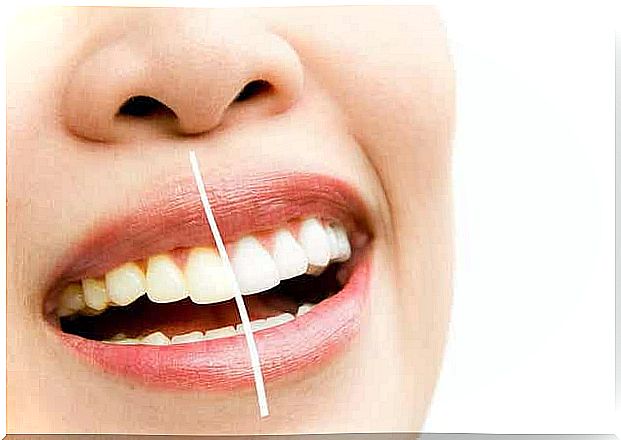
The colors of discolored teeth
Not all discolored teeth are the same. They come in different colors, depending on the cause that caused them to occur. The color is important for the dentist who is consulted for the discolored teeth, as it can help guide the diagnosis.
White spots, for example, indicate fluorosis. The spots caused by bacterial plaque buildup are also white, which is clearer the worse the oral hygiene is.
The color brown is usually due to food or drink. Tobacco also causes tanning of the teeth. An accumulation of food debris causes yellow spots.
Yellow teeth reveal bacterial plaque, which is formed due to microorganisms that found a good place to develop due to lack of hygiene.
Green spots are more common at a young age. Like yellow spots, they are associated with poor tooth brushing. The green pigment behind this staining is called phenazine and is caused by special bacteria and fungi.
Finally, the black spots on the teeth stem from high iron intake or due to medications such as chlorhexidine. Black spots are a symptom of periodontitis.
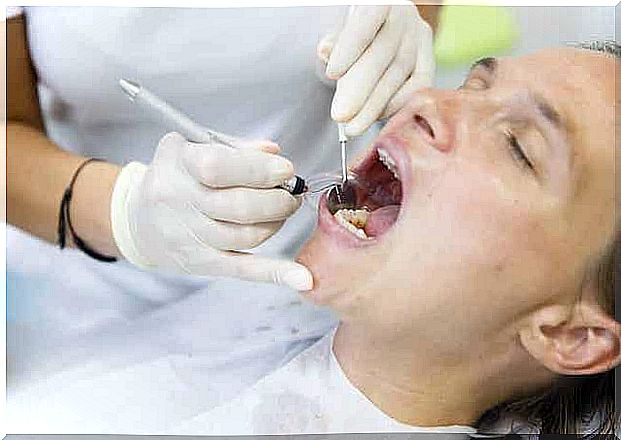
How to prevent discolored teeth
You can use general guidelines to try to prevent stains from appearing on your teeth. Some of them are the following:
- Improve dental hygiene. Brushing your teeth properly and often are the most important ways to protect your teeth.
- Visit the dentist. You need to see a dentist regularly to have your teeth checked and receive appropriate recommendations.
- Reduce the consumption of beverages such as coffee or soft drinks.
- Avoid or stop smoking.
Have you noticed any stains on your teeth?
In that case, you can set up an appointment with a dentist to find out what it could be.
